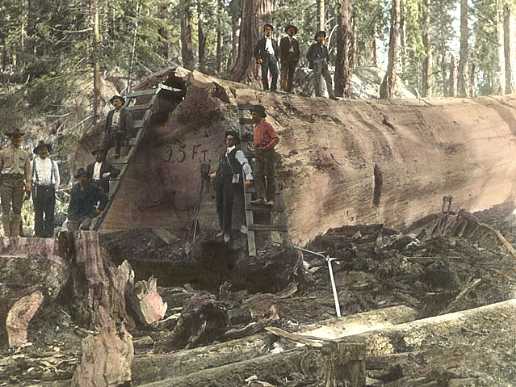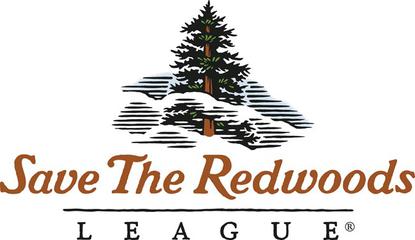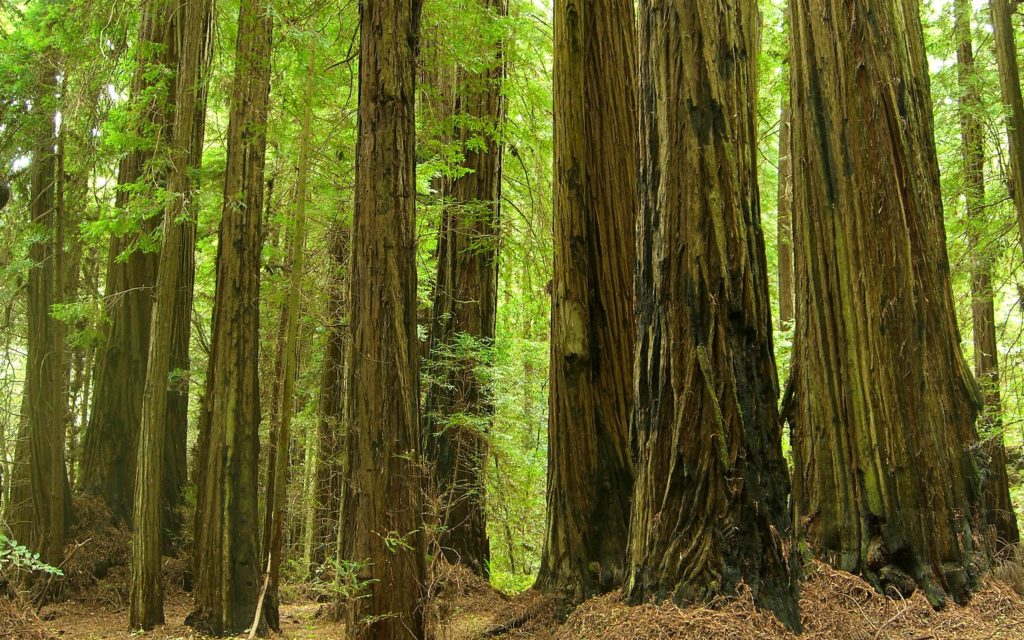At one time, redwoods covered a large area of northern California, both along the coast and inland. But lumbering and other clearing had reduced the area of these majestic forests substantially by 1900. Then, some folks decided to do something about this—and the Save the Redwoods League was formed.

The origin goes back to a car trip taken by three conservationists—John Merriam, Madison Grant and Fairfield Osborn—in 1917. After Stephen Mather became the first Director of the newly created National Park Service, he encouraged the three to take a journey through northern California to assess the status of the redwood forests (learn more about Mather here). They traveled up the coast on what was called the “redwood road,” partially because it passed through redwood forests and partially because sections of the road were lined with redwood planks. They found beautiful forests of awe-inspiring grandeur, but they also found vast tracts that had been cleared of the trees. They decided that the forests would disappear unless “people of good will acted.”
They acted by creating the Save the Redwoods League. Stephen Mather helped by convincing other conservationists to donate $100 each to this new organization. Their goal was to protect redwood forests—first coastal redwoods and later giant sequoias—by buying tracts and giving them to the state and federal governments as parks. To make this scheme work, the League also pushed for the creation of a statewide park system to take title to these forests and maintain them. A 1928 California referendum (passed by a 3-to-1 margin) established the California State Parks agency and funded it with $6 million in bonds.

The League’s mission is to conserve redwood trees of two species. The coastal redwood (Sequoia sempervirens) lives in stands along the California coast from Monterey north into southern Oregon. The giant sequoia (Sequoiadendron giganteum) lives inland, along the western slopes of the Sierra Nevada Mountains. Both trees live for hundreds of years and grow hundreds of feet high (the coastal redwood tops out slightly higher than the giant sequoia). The trees had been harvested throughout history, first by Native Americans who used fallen trees for planking and canoes. After the 1849 gold rush, the influx of settlers to California brought a period of increased logging that continued for a century.
The work of the Save the Redwoods League has been important—and successful. Over the past century, the League has purchased more than 200,000 acres of redwoods and helped set up more than 66 redwood preserves. The lands set aside by the League comprise most of the existing old-growth redwood forest on earth.

In 2018, the League published its first “State of the Redwoods Conservation Report.” In general, the report provides very good news. The goal of preserving a large portion of the remaining forests is about half completed for coastal redwoods and essentially completed for giant sequoias. However, much of those forests are second-growth, with only a small fraction in old-growth condition (about 5% of the original range of old-growth forest remains); decades will need to pass before old-growth conditions become widespread. The biggest issue, however, is the build-up of fuels in second-growth forests, which have dense stands of smaller trees and substantial dead matter on the ground. The League states that public funding is needed to reduce tree density and remove accumulated fuel—or the progress of recent decades will be lost.
The Save the Redwoods League also supports research to understand redwood trees and the accompanying biodiversity of the redwood forests. The League also supports educational programming to help people around the world connect with the redwood forest.
References:
Save the Redwoods League. 2018. State of Redwoods Conservation Report. Available at: https://www.savetheredwoods.org/wp-content/uploads/State-of-Redwoods-Conservation-Report-Final-web.pdf. Accessed March 6, 2019.
Save the Redwoods League. Mission and History. Available at: https://www.savetheredwoods.org/about-us/mission-history/. Accessed March 6, 2019.
